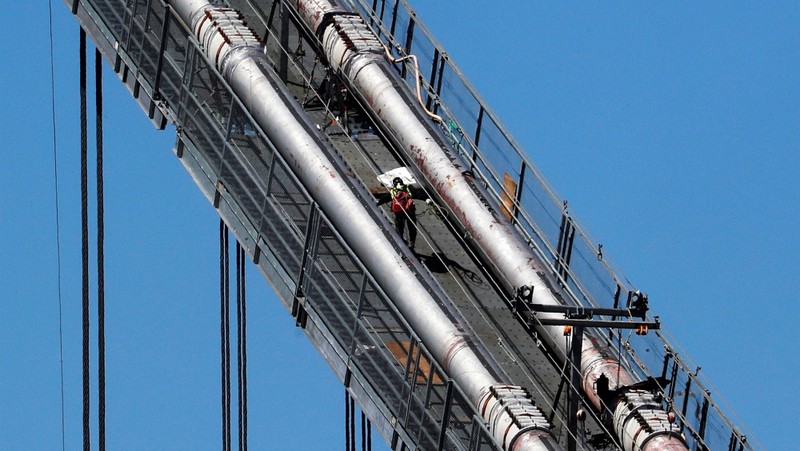However, the new proposal will not easily be approved, with investments being mainly sourced from corporate tax increases, one of the most sensitive and controversial issues in the US.
In her first official speech in her new position, on April 5, US Treasury Secretary Janet Yellen said on Monday that she is working with G20 countries to agree on a global corporate minimum tax rate and pledged that restoring U.S. multilateral leadership would strengthen the global economy and advance U.S. interests. The proposal is a key pillar of President Joe Biden’s US$2 trillion infrastructure spending plan, which calls for increasingthe US corporate tax rate to 28% while eliminating some deductions associated with overseas profits.
The new Treasury chief said it was important to “end the pressures of tax competition” and make sure governments “have stable tax systems that raise sufficient revenue foressential public goods and response to crises, and that all citizens fairly share the burden of financing government.”
The above idea was launched by the US Treasury Secretary in the context that President Biden has just announced an ambitious project on infrastructure investment and development as well as job creation in the US, accompanied by a series of changes in tax policy, towards increasing corporate tax. Therefore, the proposal made by the US treasury official is seen as a move to pave the way to promote the latest economic measures package of President Biden to be passed at the US Congress.
Following the COVID-19 economic support package approved by the US Congress in March, a huge infrastructure investment plan was announced by President Biden last week in Pittsburgh, where the local economy has clearly shifted from traditional industries such as mechanics and mining to healthcare and technology. Calling the above plan a transformational effort that could create the “most resilient, innovative economy in the world”, President J. Biden emphasised that it is “the largest American jobs investment since World War II.”
With an expected expenditure of more than US$2 trillion, the infrastructure investment package will be implemented over a period of nearly 10 years, with the main items being transport infrastructure, seaport, airport, public transport, and grid network upgrading; extend broadband access; construction and improvement of social housing; increasing investment in schools, vocational training, research and development activities, etc. Some specific targets have been stated in the plan, such as the modernising of 20,000 miles of road and 10,000 bridges, and the building of 500,000 houses for low-income people. It is estimated that, with such a huge workload, millions of new jobs that bring good income will be created.
Many positive reactions have emerged since the new investment project was announced. Investors are optimistic. The index of US manufacturing activities hasincreased. The US stock market is flourishing at the beginning of the new quarter.
However, the prospect through the new investment package is not easy. In Congress, the Democrats control the House of Representatives, but retain a fragile majority in the Senate. More importantly, funding for the project depends on a plan to raise corporate tax, in which the White House calls for an increase in the US corporate tax rate to 28% while eliminating some deductions associated with overseas profits. This will be the biggest barrier as proposed tax increases are always opposed by US businesses.
















